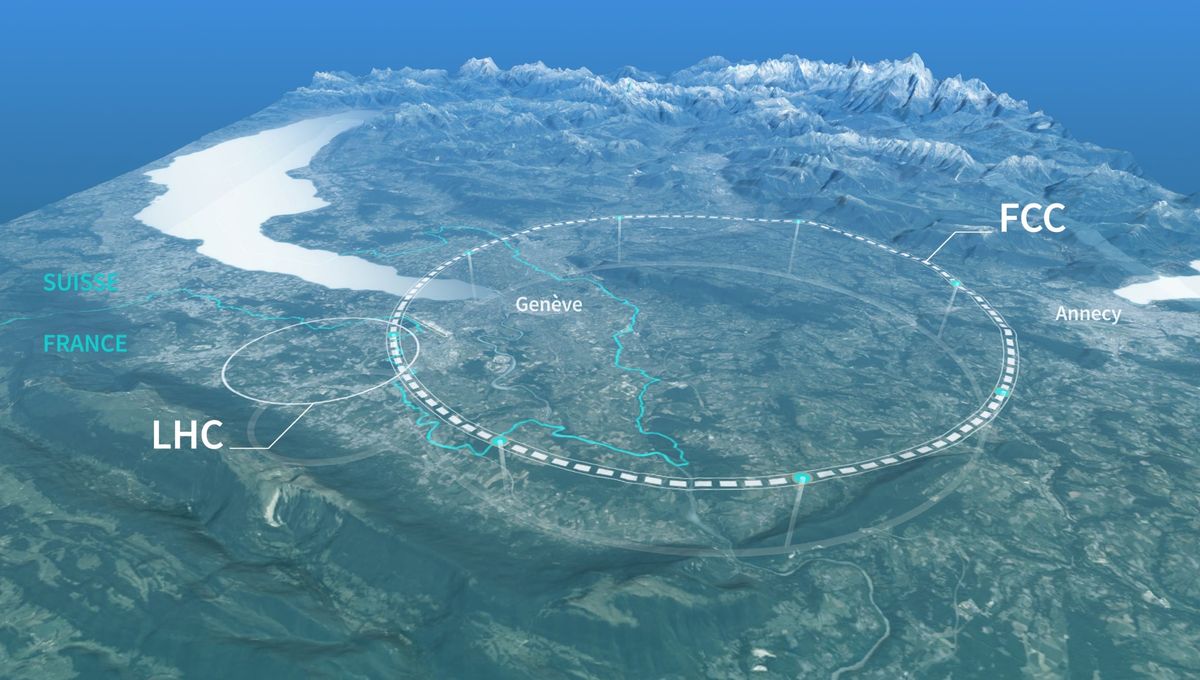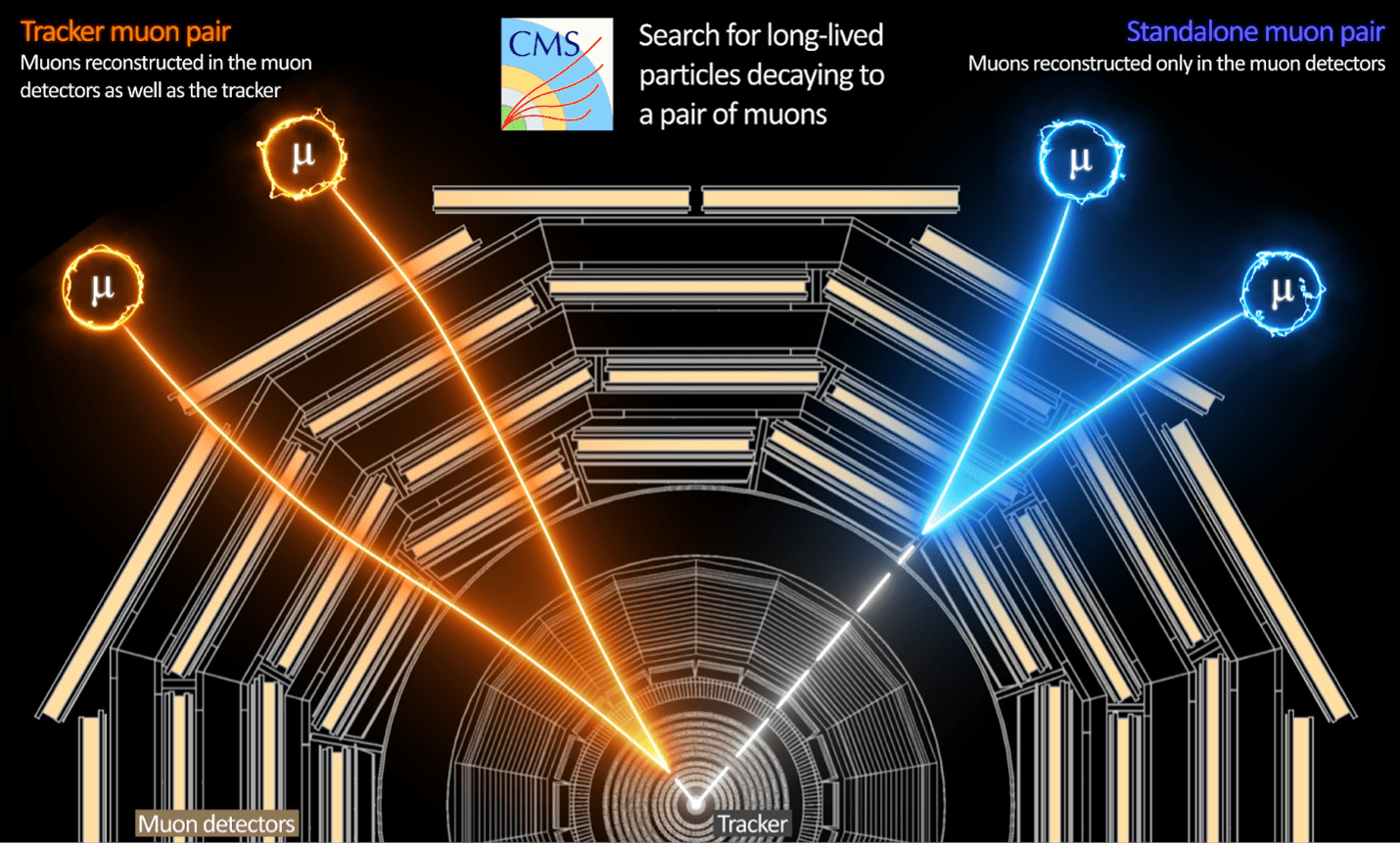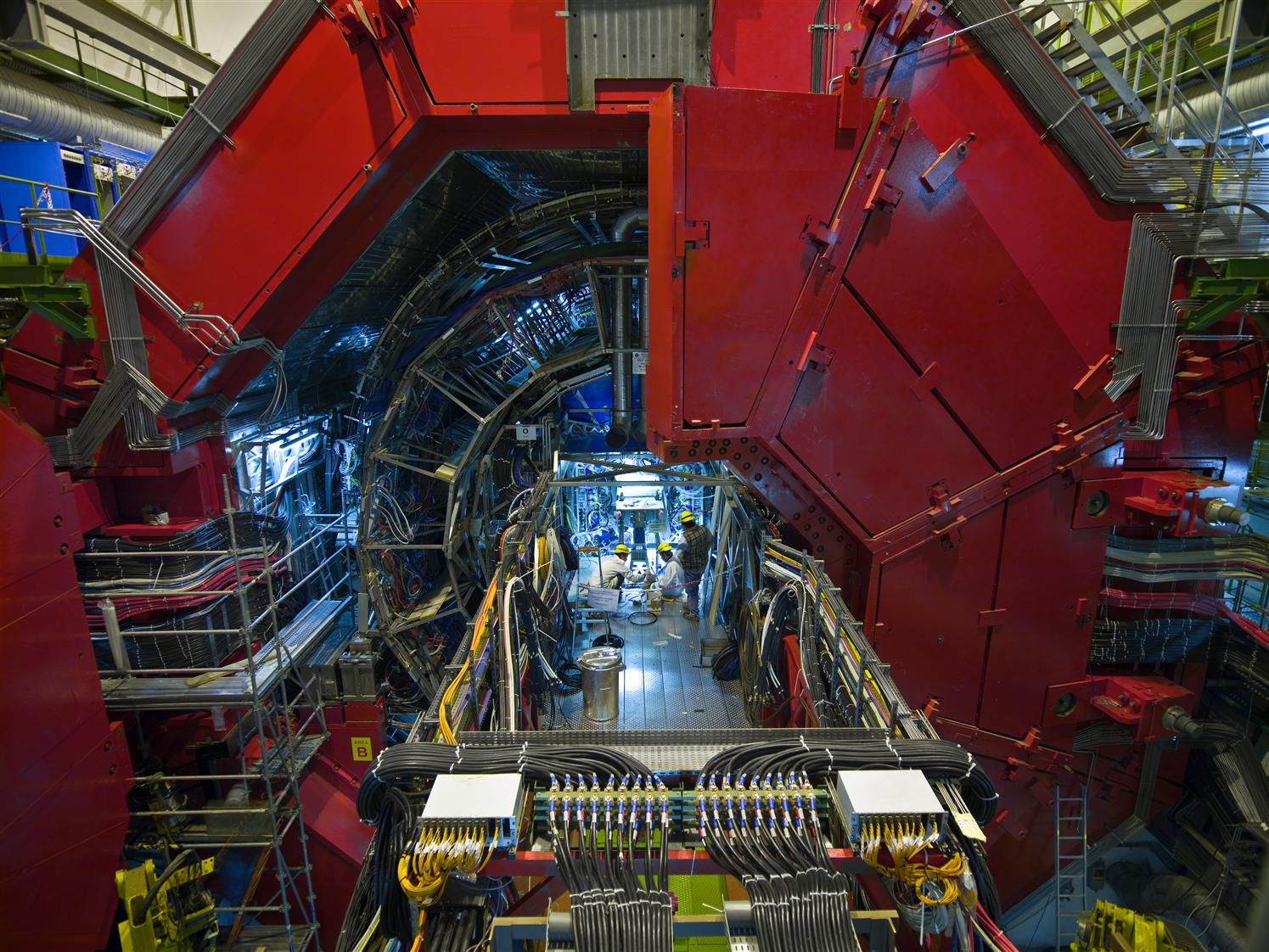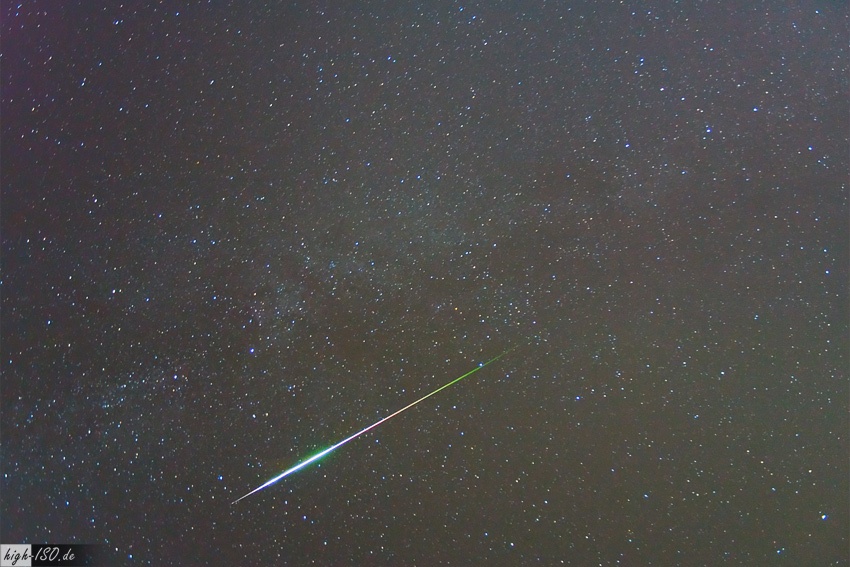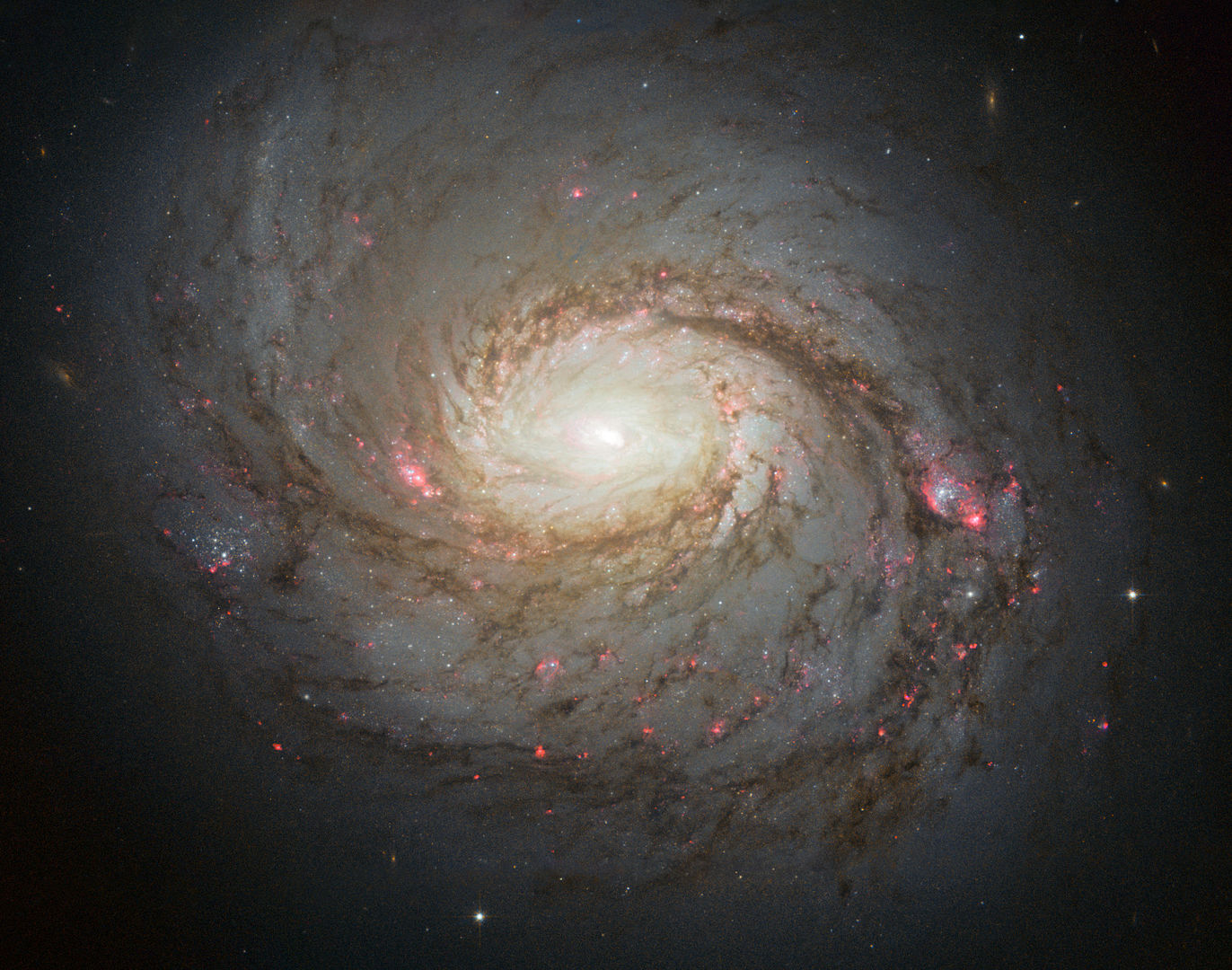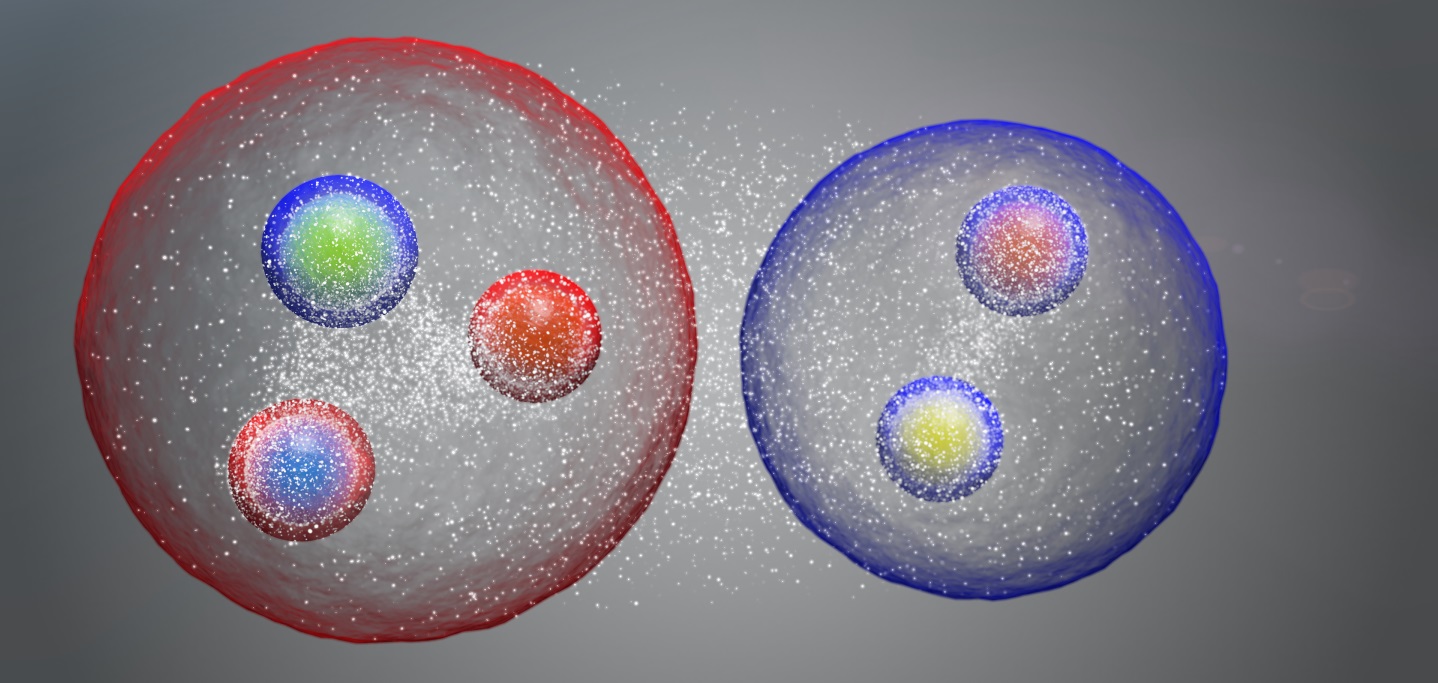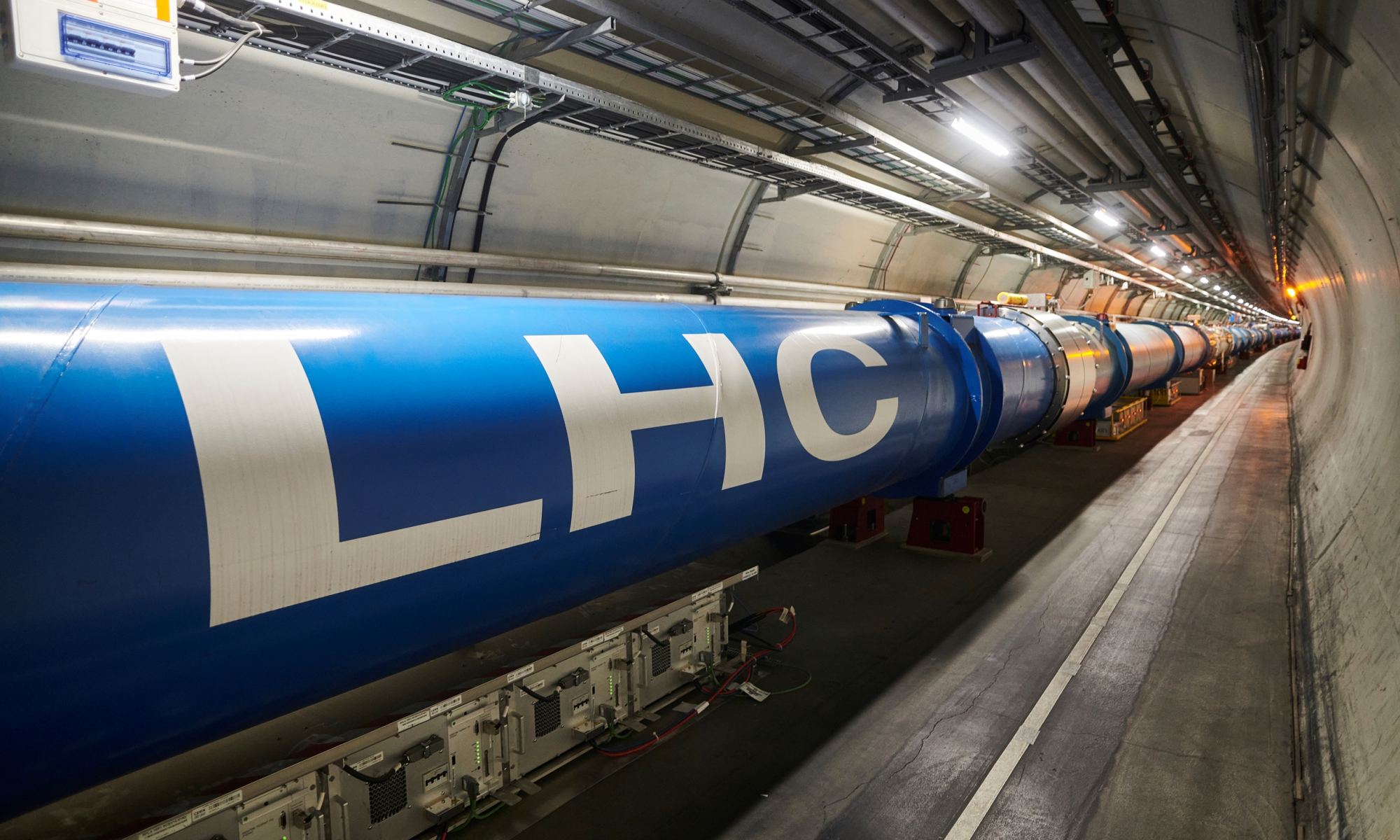RALEIGH, N.C. — Particle physicist Hitoshi Murayama admits that he used to worry about being known as the “most hated man” in his field of science. But the good news is that now he can joke about it.
Last year, the Berkeley professor chaired the Particle Physics Project Prioritization Panel, or P5, which drew up a list of multimillion-dollar physics experiments that should move ahead over the next 10 years. The list focused on phenomena ranging from subatomic smash-ups to cosmic inflation. At the same time, the panel also had to decide which projects would have to be left behind for budgetary reasons, which could have turned Murayama into the Dr. No of physics.
Although Murayama has some regrets about the projects that were put off, he’s satisfied with how the process turned out. Now he’s just hoping that the federal government will follow through on the P5’s top priorities.
Continue reading “America’s Particle Physics Plan Spans the Globe — and the Cosmos”


